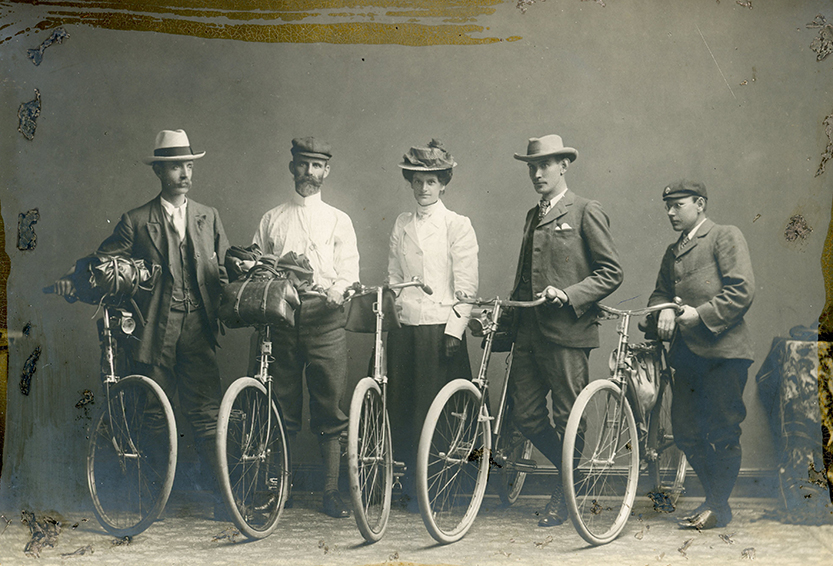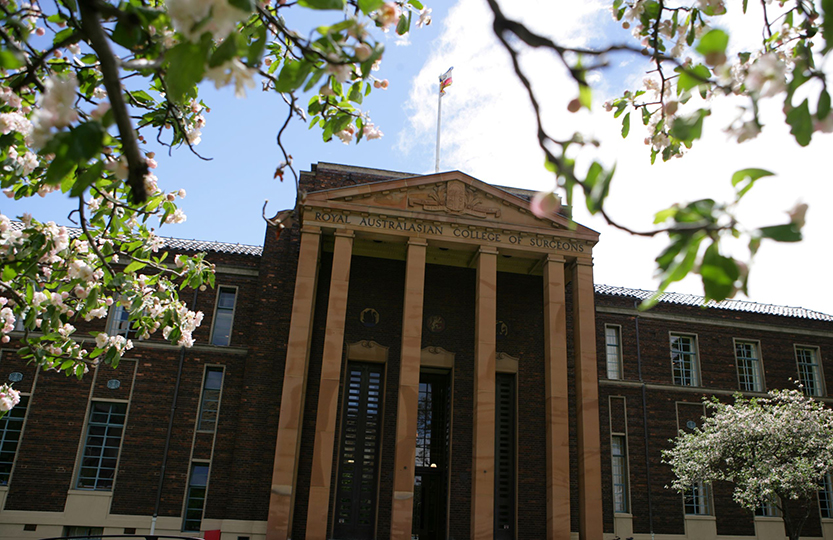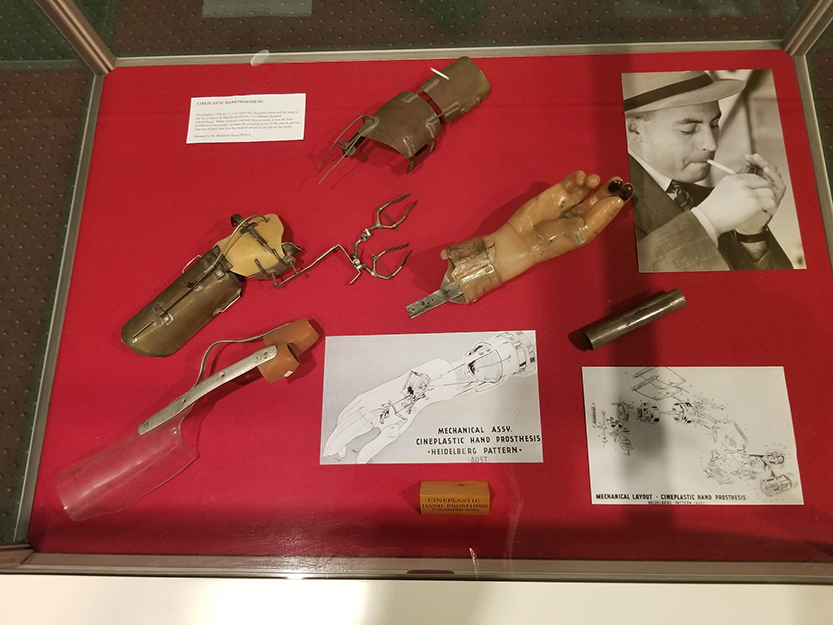Through the eyes of surgeons
A great deal of modern medicine’s success can be attributed to our ancestors’ constant arduous experiments ending in remarkable discoveries and inventions.
The Royal Australasian College of Surgeons at the top of Spring St houses a unique museum showcasing the achievements of talented surgeons throughout history.
The college was founded in 1927 by a group of leading surgeons when they recognised the need for an institution to maintain surgery standards in Australia and New Zealand. The year 1934 marked the completion of the college’s building.
The museum explores the history of the college, the development of surgery in the Asia/Pacific region and the evolution of surgical techniques and technology.
Provision for a library and museum was made on the upper floor of the building in 1934 but it was not until the 1960s that a pathology museum was established. The pathology museum relocated to University of Melbourne but there was still a big collection focusing on surgery. The museum was originally created to serve as a teaching collection for surgical trainees. The College of Surgeons’ Museum was finally opened on February 27, 2007.
Today it holds more than just surgical instruments but a wide collection of artworks, rare and historic books and gifts from fellows and affiliated colleges.
For more information email [email protected] •
Do not miss historical remnants of the Old Model School, which stood on this exact site before the construction of the college building.
The College is located at 250 – 290 Spring St, East Melbourne and is open from Monday to Wednesday between 10am and 4pm. A gold donation appreciated. The museum also offers guided tours by arrangement for a small fee.
For more details, call 9249 1270 or email [email protected]
Captions:
Cyclists from left to right are: Edward Gault, and Augustus Leo Kenny, two of the founders of the College; Gertrude Gault; Major W Atkinson Wood; George Syme, first president of the Royal Australasian College of Surgeons in 1927.
College Façade, 2005.
This prosthetic arm was designed by Gilbert Henderson, an innovative dentist after discussions with Sir Benjamin Rank at Heidelberg Repatriation hospital in 1944.

Residents win fight to save laneway from development in East Melbourne






 Download the Latest Edition
Download the Latest Edition